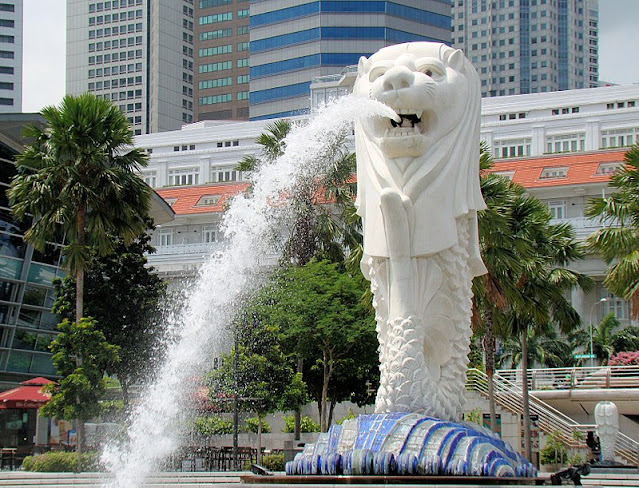Grade 7 Art
Tuesday, 12 November 2024
Tuesday, 15 October 2024
Sunday, 29 September 2024
Iloilo’s Panay Bukidnons
Does anyone have any idea regarding the group of
people in the photo? If so, who are they? What do
you know about them? If not, can anyone describe
and associate where they may have seen what/who
they have observed in the photo?
Guide Questions:
1. What have you learned about the Panay Bukidnon Indigenous Peoples?
2. What piqued your curiosity about the said Indigenous group? Why?
3. What have drawn you to learn more about the Iloilo Panay Bukidnons?
Panay Bukidnon Culture - YouTube
Video Notes:
1. The video is produced by Dr. Alicia Magos, who began researching about the Panay Bukidnons in 1988. Dr. Alicia P. Magos is an anthropologist and a professor emerita of University of the Philippines Visayas. She had extensive and published works on the Panay Bukidnons. She was a UNESCO
International Literary Research Awardee and 1999 Metrobank Ten
Outstanding Teacher.
2. Dr. Magos theorized that the Panay Bukidnons were once coastal people, and
because of colonization, had to retreat to the mountains following two major rivers, Halawod and Pan-ay rivers. All Panay Bukidnons in the four provinces of Panay, namely Antique, Iloilo, Capiz, and Aklan have alternative group names, depending on where they get their sustenance.
3. A Panay Bukidnon house is usually a one-room affair, elevated from the ground, and made up of bamboo and nipa (or cogon). Kaingin farming, weaving, and root crop trade is a common activity.
4. The Panay Bukidnons strongly respect nature and are attached to the babaylanes (that offer cure) and the maaram (that provides advice). After a day’s work, Panay Bukidnons listen to sugidanon (epic-chanting).
5. Federico “Tuohan” Caballero was awarded the GAMABA (National Living Treasure) by the National Commission for Culture and the Arts in 2000 for epic literature (Caballero’s mastery of the 10 epics or suguidanon).
Sunday, 8 September 2024
Monday, 2 September 2024
The Merlion is a mythical creature with the head of a lion and the body of a fish. It is the official mascot of Singapore and represents both the city-state's origins as a fishing village and its name, "Singapura," which means "lion city" in Sanskrit.
Here are some key facts about the Merlion:
- Location: The most famous Merlion statue is located in Merlion Park, Singapore. It stands at 8.6 meters tall and weighs 70 tons.
- Symbolism: The lion's head represents Singapore's name and its strength, while the fish body symbolizes its origins as a fishing village.
- History: The Merlion statue was designed by Kwan Sai Kheong and sculpted by Lim Nang Seng. It was unveiled in 1972 by Prime Minister Lee Kuan Yew.
- Significance: The Merlion is a popular tourist attraction and a symbol of Singapore's identity. It is often featured in art, literature, and merchandise.
 |



















